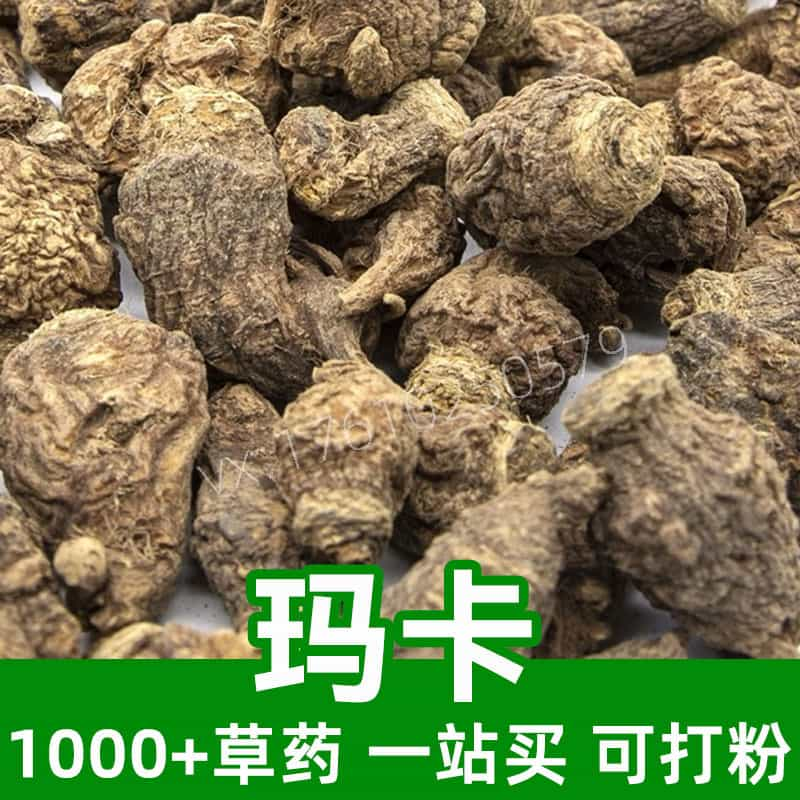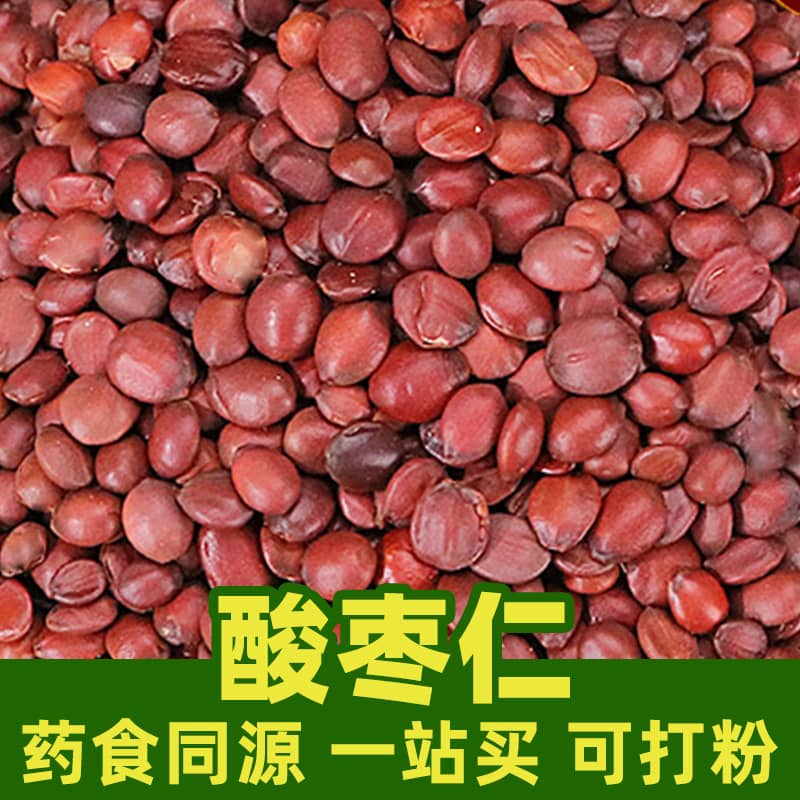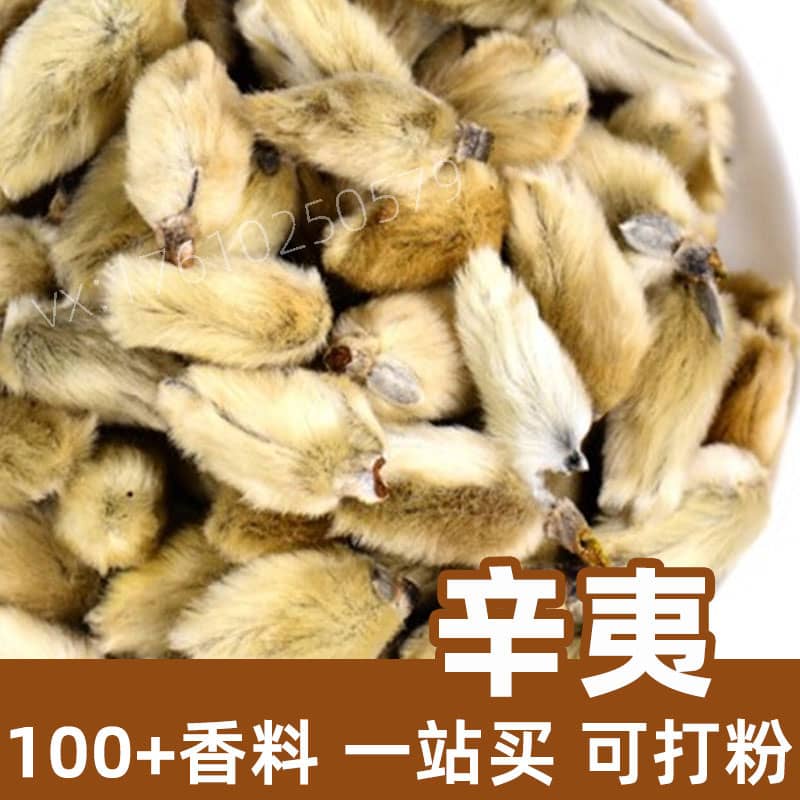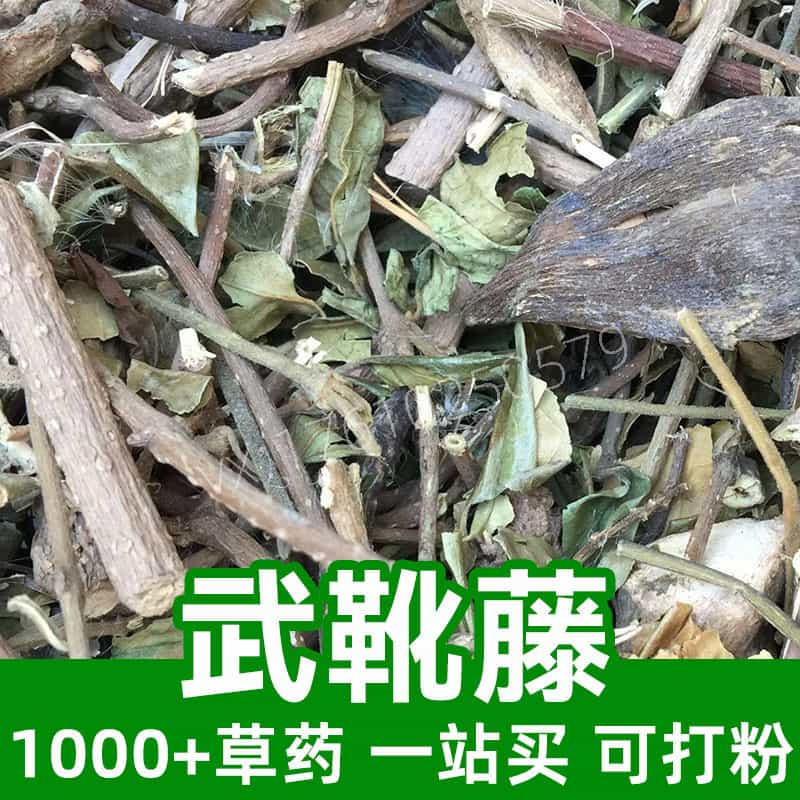Product Introduction
Barley seedlings, also known as barley grass, come from the green shoots of the barley plant (Hordeum vulgare L.). This herb is valued for its rich nutritional content, particularly in vitamins and minerals. Barley seedlings are typically harvested when the plant is 7 to 10 days old, at which point the leaves are abundant in chlorophyll, enzymes, and essential nutrients. Traditionally understood in the scope of holistic health, barley seedlings have been associated with promoting overall wellness and are frequently incorporated into smoothies and health drinks for their vibrant green color and mild flavor. This versatile plant can be consumed in various forms, including powdered supplements and fresh juices, making it a convenient choice for health-conscious consumers seeking to enhance their diets. Notably, barley seedlings are recognized not just in nutritional contexts but also in traditional Chinese medicine for their balancing qualities within the body.
Main Active Ingredients
Barley seedlings are loaded with a plethora of active ingredients that contribute to their nutritional and healthful reputation.
- Vitamins: These young shoots are particularly rich in vitamins A, C, and K. Vitamin A supports eye health, while Vitamin C is an antioxidant that helps protect against cellular damage. Vitamin K plays a crucial role in blood clotting and bone metabolism.
- Minerals: Barley seedlings contain essential minerals, including calcium, magnesium, iron, and potassium. Calcium is vital for bone health, while magnesium is essential for muscle and nerve function. Iron is important for oxygen transportation in the blood, and potassium helps regulate blood pressure.
- Amino Acids: The protein content in barley seedlings provides essential amino acids, which are building blocks for the body. These amino acids are critical for muscle repair and overall bodily function.
- Chlorophyll: The high chlorophyll content contributes to its detoxifying properties, helping to clean the bloodstream and potentially aiding in digestion.
- Antioxidants: Barley seedlings are rich in antioxidants, such as flavonoids and phenolic acids. These compounds help combat oxidative stress and support overall health.
- Enzymes: Enzymes present in barley seedlings are believed to aid in digestion and metabolic processes, enhancing nutrient absorption and utilization within the body.
- Fiber: The fiber content aids in digestive health, promoting regularity and potentially improving gut flora health.
The combination of these active ingredients contributes to the nutritional powerhouse that barley seedlings represent, making them a recommended addition to health-focused dietary regimens.
Product Application Scenarios, Usage, and Dosage
Barley seedlings are versatile in their applications, particularly within the realms of traditional Chinese medicine, holistic health, and the food industry.
Traditional Chinese Medicine
In traditional Chinese medicine (TCM), barley seedlings are recognized for their nourishing properties. They are often used to enhance digestive health and promote the efficient operation of the spleen and stomach. TCM practitioners may recommend barley grass to individuals looking to balance their dietary intake or those experiencing mild digestive discomfort. Suggested methods of consumption include adding barley seedlings to herbal teas or soups, where they are believed to have synergistic effects alongside other herbs.
Nutritional and Culinary Use
In modern diets, barley seedlings are frequently consumed as a powder or juice, incorporated into smoothies, health drinks, and dietary supplements. The powder can easily be added to various recipes, making it convenient for individuals seeking to enrich their daily nutrient intake.
Recommended Dosage
For general health support, a common dosage recommendation for powdered barley seedlings is 1-2 teaspoons (approximately 3-6 grams) per day, which can be mixed into water, juice, or smoothies. If using barley grass juice, a serving of about 2-3 ounces is generally considered sufficient.
It's essential for consumers to consult with a healthcare professional before significantly increasing their intake of herbal products, particularly for those with existing health conditions or those taking medications.
Introduction to the Source Plant, Distribution, and Growth Environment
The source plant of barley seedlings, Hordeum vulgare L., is a well-known cereal grain cultivated worldwide. Barley is primarily grown in temperate regions, thriving in cooler climates and well-drained soil with adequate moisture.
Distribution
Barley is one of the oldest cultivated grains and is widely grown across various continents, including Europe, Asia, and North America. The versatility of barley enables it to adapt to different climates, making it an important agricultural product in many countries. Major producers include Russia, Canada, Germany, and China.
Growth Environment
Barley requires a growing season of about 80 to 100 days, making it a relatively fast-growing crop. It flourishes in cooler weather, with optimal temperatures ranging from 15-20°C. Barley can be cultivated in a variety of soil types, but it thrives in loamy to sandy soils that are rich in organic matter. The crop is tolerant of drought conditions, making it a suitable choice for regions with variable rainfall.
Barley plants develop from seeds, and once germinated, they grow rapidly to produce the seedlings that are harvested at approximately 7 to 10 days of growth. Proper care, including sufficient sunlight, moisture, and nutrient management, is essential to ensure the health and vitality of the barley seedlings before harvest.
Harvesting, Processing, and Storage
Harvesting barley seedlings and processing them into usable forms requires careful handling to ensure optimal nutrient retention.
Harvesting
Barley seedlings are typically harvested when they reach a height of about 4 to 6 inches (10-15 cm), around one week after germination. At this stage, the seedlings are tender and filled with the highest concentration of nutrients. Harvesting is done manually or with specialized equipment to minimize damage to the plants, and the timing is crucial to capture their peak nutritional content.
Processing
After harvesting, barley seedlings undergo processing to convert them into a consumable product. This may involve washing to remove soil and contaminants, followed by drying. Drying can be achieved through air drying, freeze-drying, or low-temperature dehydrating methods, preserving the active ingredients and vitamins while preventing spoilage. The dried seedlings can then be ground into a fine powder or left in their whole form for juicing.
Storage
Proper storage of barley seedlings is vital to retaining their freshness and nutritional value. Ideally, they should be kept in airtight containers in a cool, dry place away from direct sunlight. When stored properly, powdered barley seedlings can remain usable for several months, whereas liquid barley grass juice should be refrigerated and consumed within a short time frame to ensure freshness. Barley seedlings that are not properly stored can lose their potency and nutritional benefits over time.
In summary, the thorough understanding of the harvesting, processing, and storage of barley seedlings ensures that consumers can benefit from their full nutritional potential while maintaining the quality of the product.
Monica Sun is a seasoned expert in the natural raw materials industry, with over a decade of experience specializing in traditional Chinese medicinal herbs, spices, and fungi. She is skilled in the sourcing, processing, and application of these materials, emphasizing sustainability and innovation. Monica Sun has contributed to the development of high-quality natural raw materials that serve as essential components in functional foods, pharmaceuticals, and cosmetics, delivering tailored solutions to meet diverse market needs.















